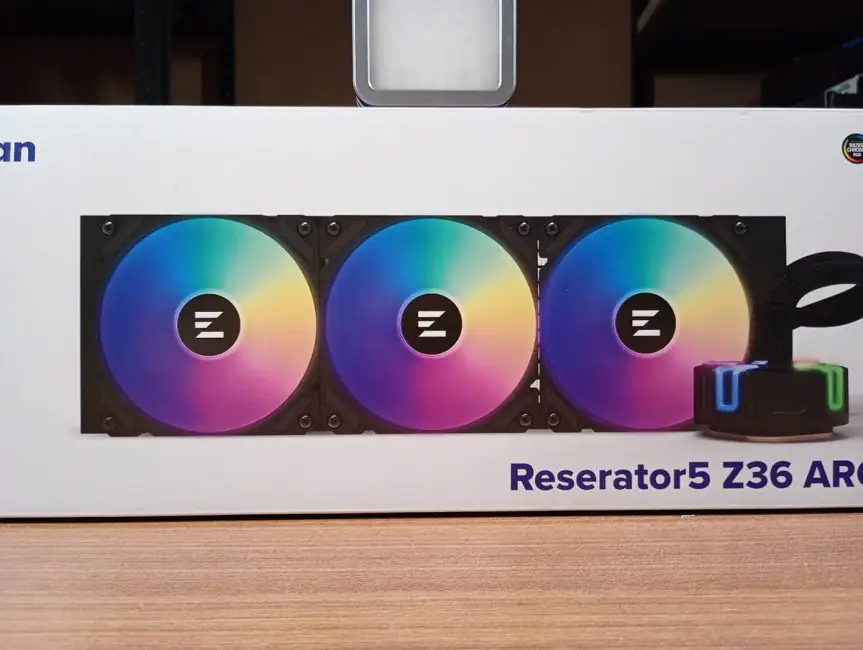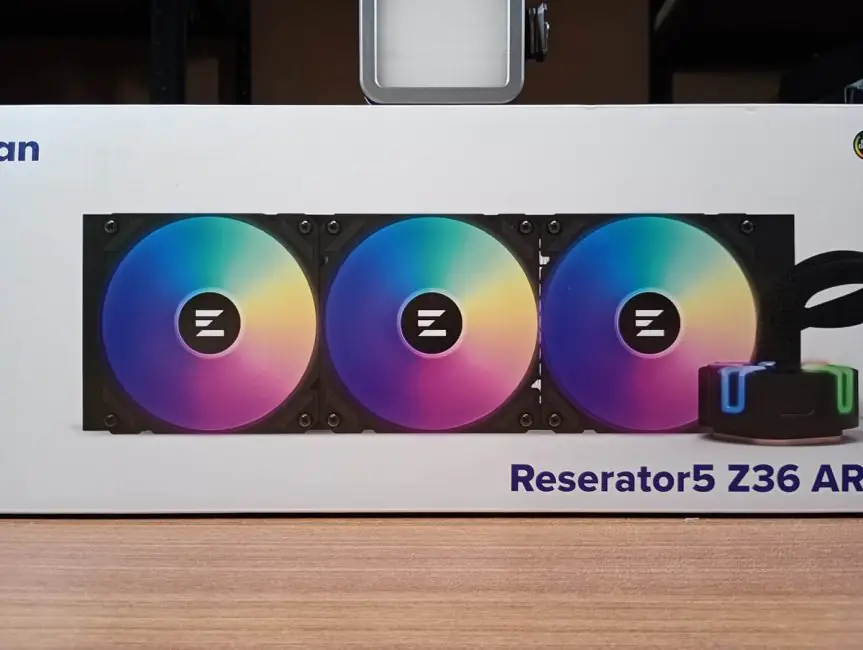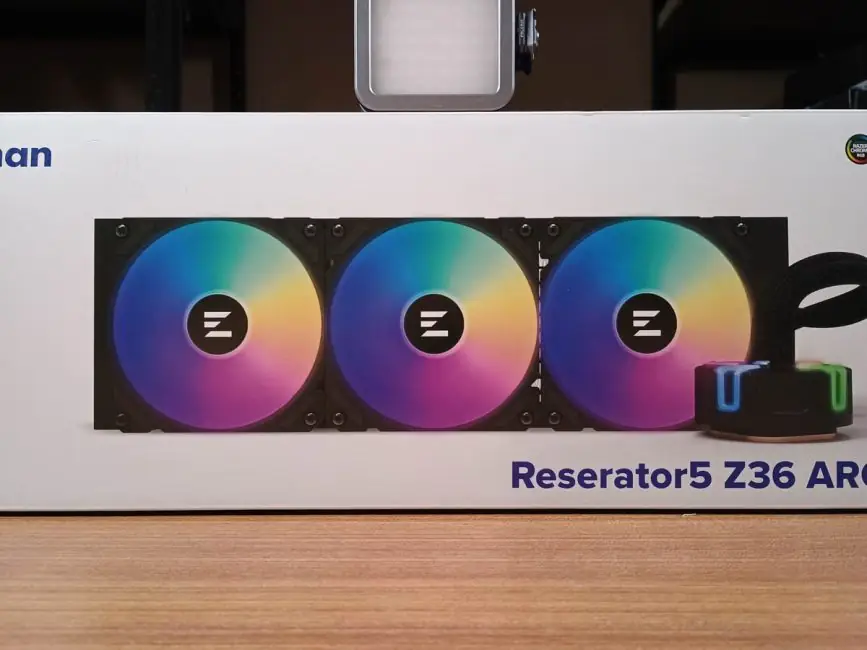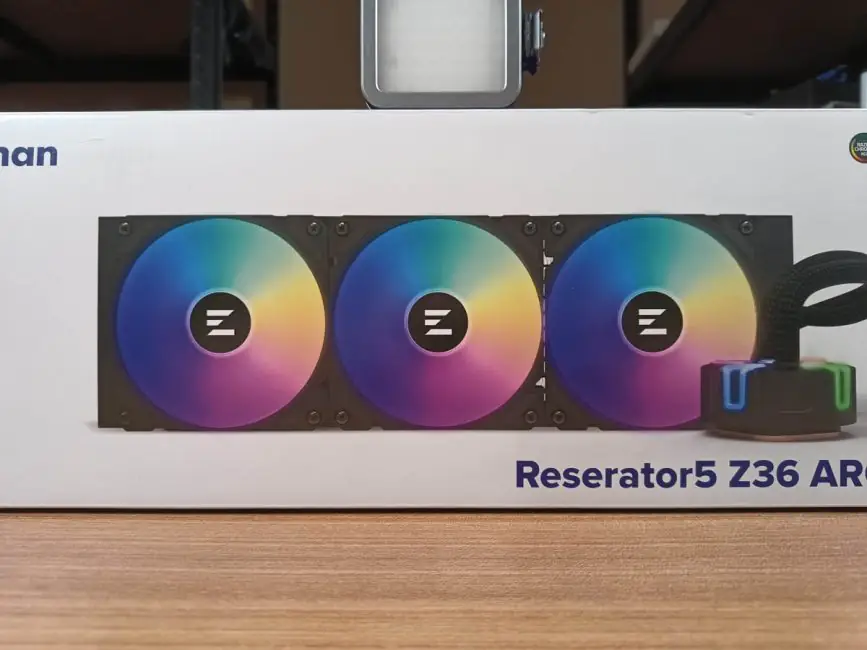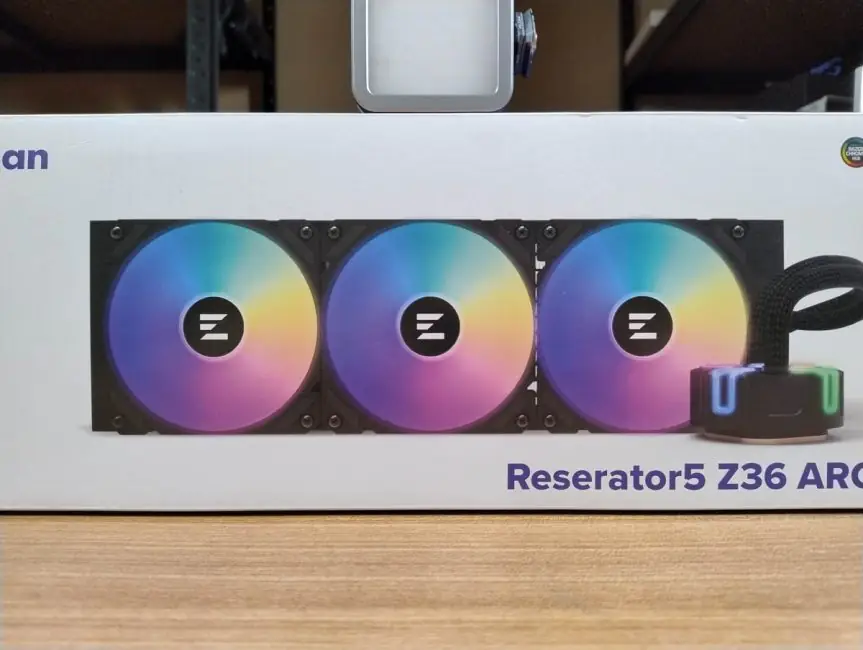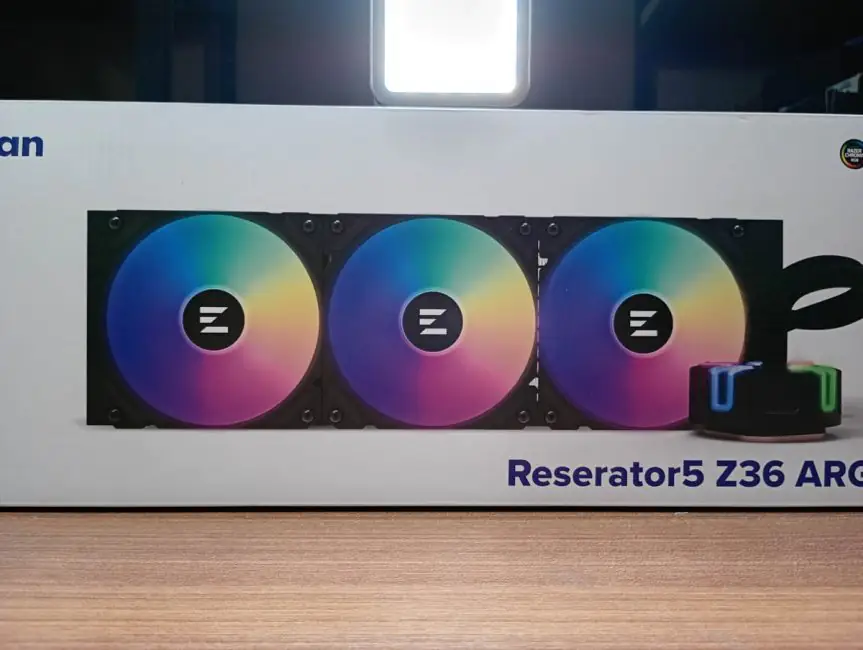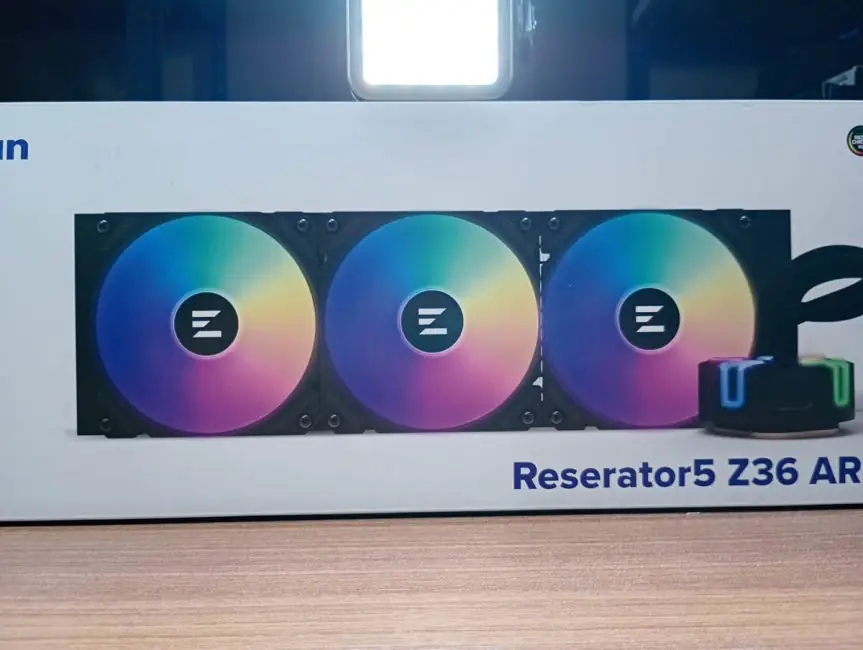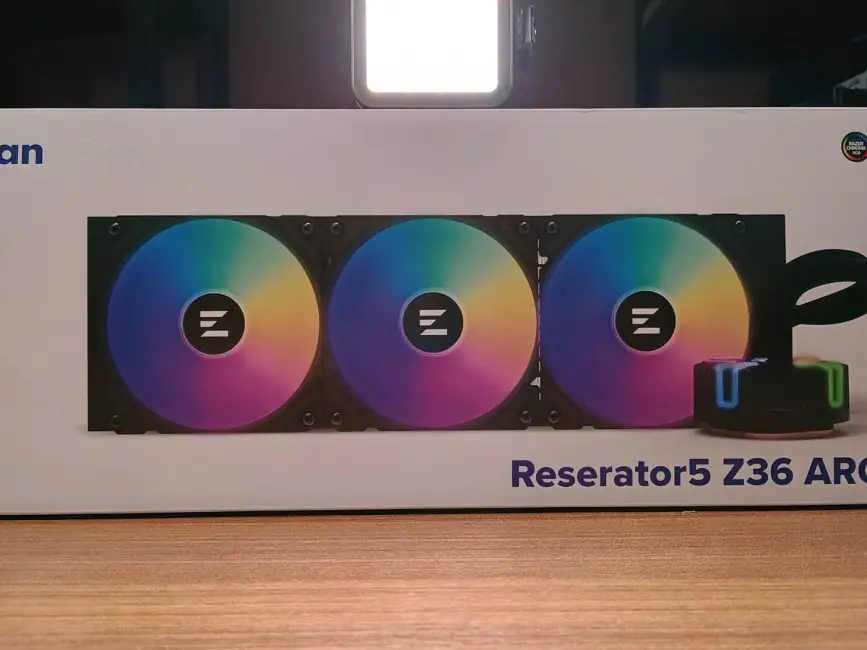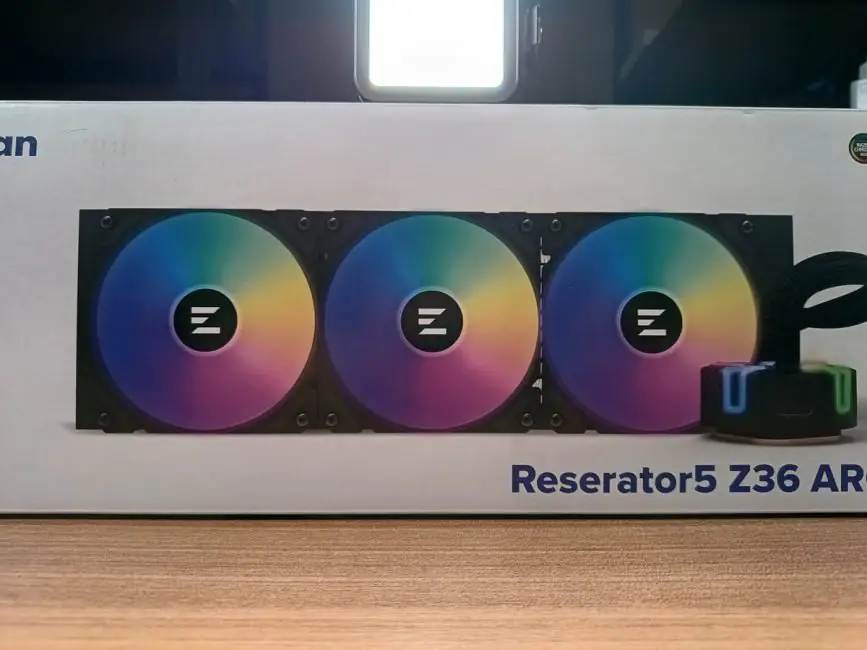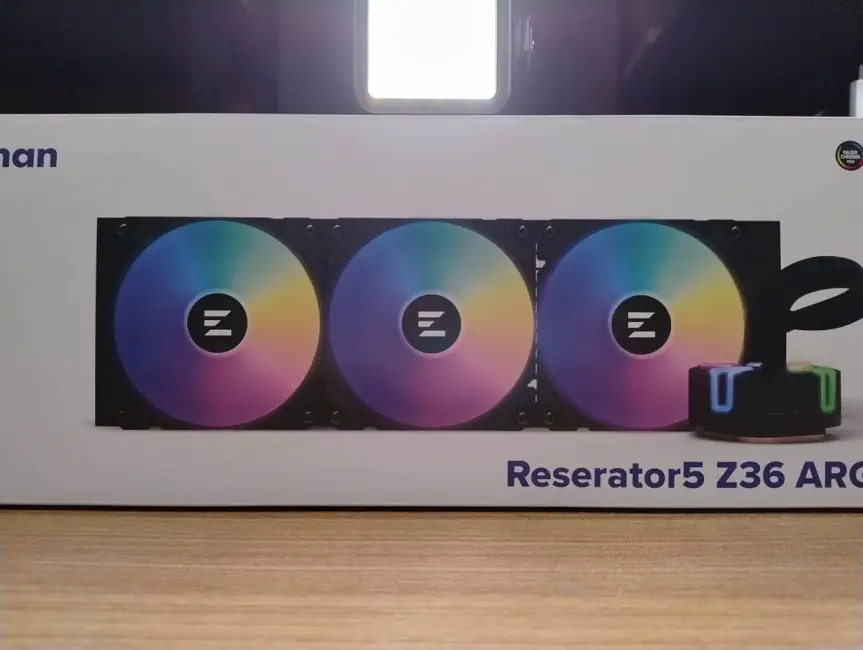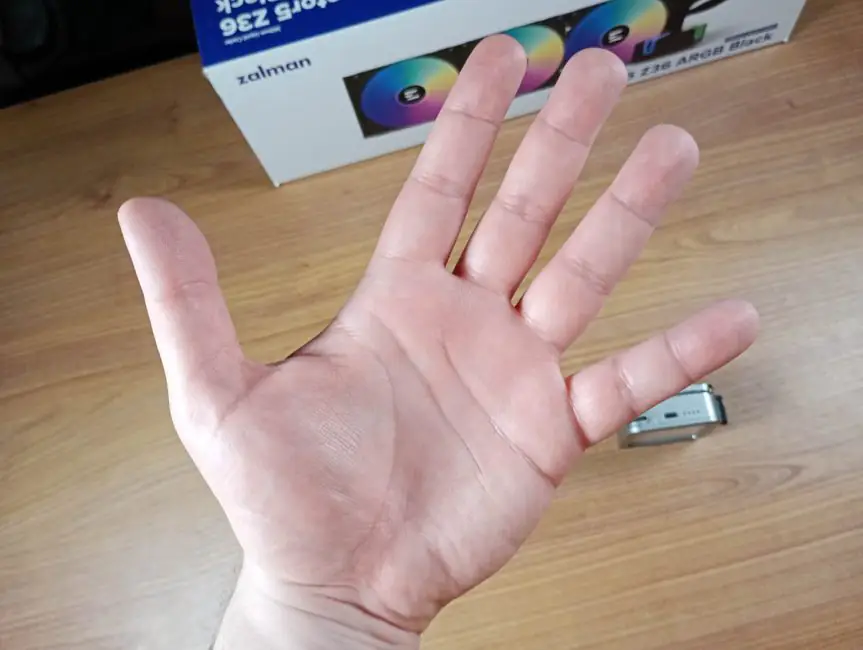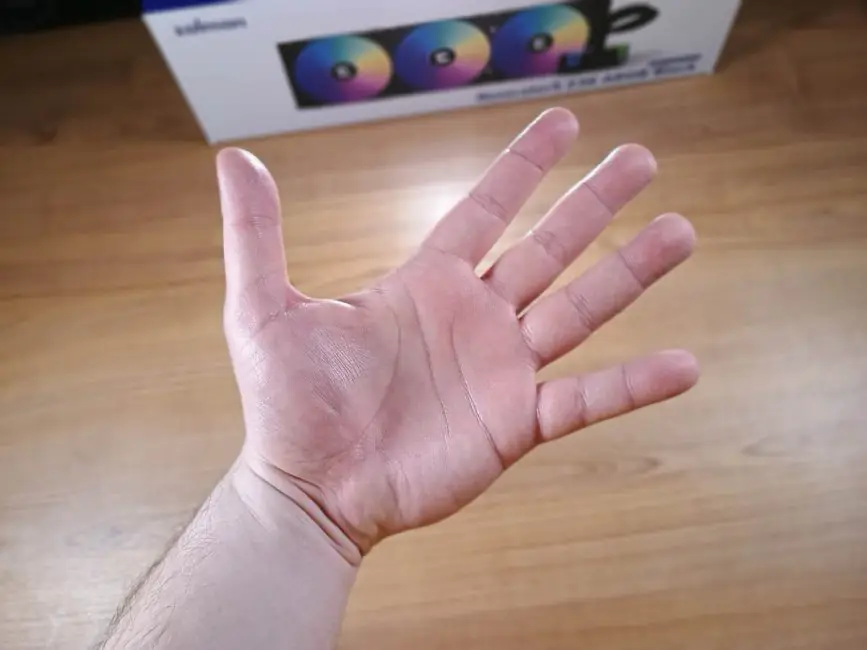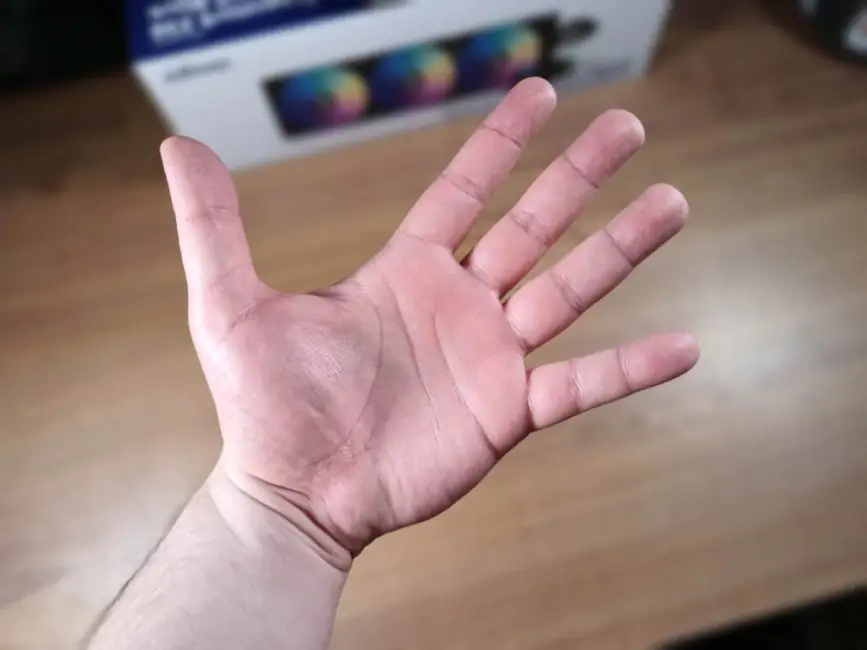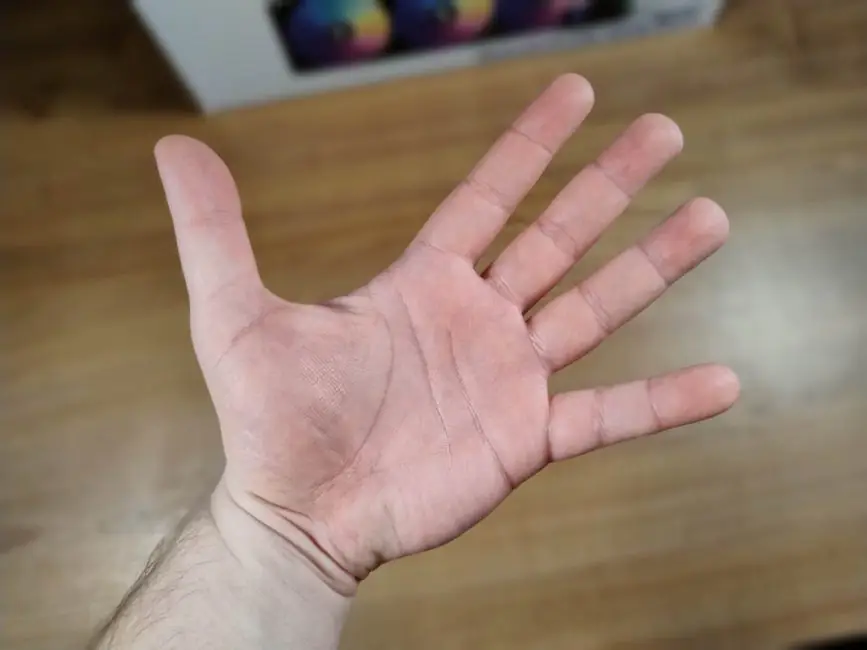This is a comparison of all the current smartphones in the Motorola Moto G series: Moto G24, Moto G24 Power, Moto G54, Moto G72, Moto G84 5G, as well as the Moto G14 and Moto G32. In this comparison, I’ll discuss the details I’ve noticed, including charger compatibility, overall camera quality, battery life, performance, and more.
Moto G14/24/24 Power/32/54/72/84 video comparison
If you don’t want to read, watch the video:
Market positioning
The price range for all seven models is quite narrow, with the difference between the most expensive and the cheapest model being around $125.

The Moto G14 costs $125 for the 4/128 version. Moto G24 – $120 for 4/128. Moto G24 Power will cost $150 for the 8/256 version. Moto G32 – from $130 to $150 for versions 6/128 and 8/256.

The Moto G54 costs $220 for the 12/256 version, the Moto G72 in the 8/256 version is priced at $188, and finally, the Moto G84 is $250 for the 12/256 variant.
Read also:
Main similarities
Each model has its own advantages and will appeal to different audiences. All devices come in at least two colors, with one being “solid” and the others “playful.” For example, the Moto G24 is available in a light purple, while the Moto G72 comes in matte black.

What surprised me the most is the standardization of the overall sizes in the lineup. If you like a 6.5-inch screen, any of the seven devices will suit you, as none will feel too big or too small. Ergonomically, they are almost identical.

Yes, some have slightly larger “chins,” or buttons placed a bit higher, or an in-screen fingerprint scanner. But overall, you won’t need to rule out any devices because they won’t fit in your hand.

There are plenty of common advantages as well. All models, even the G84, have a headphone jack. They all run a nearly stock version of Android. They all have stereo sound, even the cheapest G14. All the smartphones are compact, with display sizes around 6.5 inches and battery capacities of at least 5000 mAh.

Additionally, all models offer the option to expand RAM using storage space. Every smartphone comes with a protective case in the box, with quality ranging from adequate to excellent, as well as a Type-A charger and a USB cable. All models use Type-C ports and have very basic, but still present, water resistance. Yes, even the G14. It’s not IPX-rated, but it’s there.

All models feature a professional camera shooting mode, support for Quad Pixel binning, and even portrait modes. These functions work significantly better on the more expensive models, and I’d like to emphasize that the quality of portrait photos in the final file is significantly better than in the preview.

Performance
In terms of hardware, we have a variety ranging from UNISOC T616 to Qualcomm Snapdragon 695 5G. In my personal testing of all Moto G smartphones, they performed similarly well with PUBG Mobile, Call of Duty Mobile, and Genshin Impact. The latter two even ran at 60 FPS, while PUBG refused to run at 60 FPS even on the G84. Although according to AnTuTu benchmark results, the performance varied.

The AnTuTu scores are as follows: G24 – 223,000, G24 Power – 238,000, G54 – 462,000, G72 – 427,000, and G84 – 454,000. According to online sources, G14 should score around 220,000, and G32 around 249,000. In my experience, devices with around 200,000 points perform similarly and feel sluggish, while those with around 400,000 points exhibit no noticeable issues.
Cameras
In short, you get what you pay for. Smartphones up to the Moto G54 Power have a fairly basic set of shooting functions. There’s no optical stabilization, some modes toggle others – for example, HDR. But! There’s pixel binning, there’s a professional photo shooting mode (but not for video), and overall, the photos look decent. Regarding the macro mode, I’ll just say that it exists.
- Standard focal length, without HDR:
- HDR Testing:
- Portrait mode:
Starting from the Moto G54 Power, the cameras are noticeably better. OIS provides significant advantages, the portrait mode works better, and the wide-angle modules are very useful – besides, they also function as macro cameras when needed.
Examples of full resolution photos
Read also:
- Motorola is looking for users to participate in software testing
- Why Motorola makes the most romantic smartphones
Data transfer and battery life
All devices, including the G14, support Wi-Fi 5, but the G84 also has Wi-Fi 6. Bluetooth versions vary and are unpredictable. Bluetooth 5.0 is present in the G14 and G72. Bluetooth 5.1 is found in the G24, G24 Power, and G84. Bluetooth 5.2 is featured in the G32. Bluetooth 5.3 is available in the G54. All devices up to the G54 have triple SIM slots, while support for memory cards is absent in all others. NFC should also be present in all devices, including the G14.

In terms of battery life, I’ll only speak about the devices I personally tested using the PCMark Battery Test at 50% brightness.
- Moto G24 – 12 hours and 44 minutes
- Moto G24 Power – more than an hour longer
- Moto G54 – same as G24
- Moto G72 – only 10.5 hours
- Moto G84 lasted 11 hours and 45 minutes.
Online data also indicate that the Moto G14 and G32 have battery lives of 15 and a whopping 19 hours, respectively. Most likely, the screen brightness is lower in those tests.

Compatibility and capacity of chargers
Charging, however, is the most interesting aspect. Again, I tested only the available samples. However, I conducted the tests using three different chargers. The test was conducted at 5% battery capacity – that is, the maximum amount the smartphone can accept through a particular charging system. I measured using the charger provided in the box, a 120W charger from Xiaomi, and a universal 140W charger from Canyon using a 100W Baseus cable.
So:
- Moto G24 was taking 11V on all units
- Moto G24 Power took up to 27W on the native, and 17W each from Xiaomi and Canyon
- Moto G54 received 27W from native, 17W from Xiaomi and 25W from Canyon
- Moto G84 – 27W native, 16W via Xiaomi and 23W via Canyon
- Moto G72 – 27W native and only 9W each from other units

I’ll note that the standard charger for the Moto G24 promises 20W, while all others are rated at 33W. The Moto G72 charged the fastest, reaching 100% in 74 minutes. The Moto G54 took the longest at 2 hours and 20 minutes. This is strange because the Moto G24 Power, with the same 6000mAh capacity, charged in half the time, at 1 hour and 16 minutes. I’ll point out that the Moto G14 has the same parameters as the G24, so it would charge in 133 minutes. The Moto G32 charges in 1 hour and 15 minutes, on par with the G72.

Here are the charging times for each model:
- Moto G24: Reached 50% in 55 minutes, 95% in 127 minutes (100% in 133 minutes).
- Moto G24 Power: Reached 46% in 31 minutes (approximately 50% in 33 minutes), 94% in 72 minutes (100% in 76 minutes).
- Moto G54: Reached 54% in 39 minutes (approximately 50% in 35 minutes), 89% in 125 minutes (100% in 140 minutes).
- Moto G72: Reached 39% in 23 minutes (approximately 50% in 29 minutes), 90% in 67 minutes (100% in 74 minutes).
- Moto G84 5G: Reached 47% in 31 minutes (approximately 50% in 32 minutes), and 92% in 75 minutes (approximately and finally 100% in 81 minutes).
And now – briefly, but in detail about each of the devices.
Read also:
- ThinkShield: One of Motorola’s most important — and overlooked — innovations
- Why Motorola makes the most romantic smartphones
Moto G14
Despite its price, the Moto G14 is interesting because it shares many features with significantly older models. For example, it has a modern design combined with a fingerprint scanner integrated into the power button, a 5000mAh battery, the presence of a headphone jack, and a triple-slot SIM tray.

I’ll also highlight the FHD+ display. Although it’s 60Hz, it has a pixel density of over 400 PPI, which means it offers very sharp detail. Add to this a 50-megapixel camera, the Unisoc T616 chip with AnTuTu scores exceeding 200,000, and you get a competent budget device. It’s without unnecessary claims, but reliable and functional.
Moto G24 and Moto G24 Power
These devices differ more than I thought. Externally, they are almost identical smartphones with a unique curvature around the camera module, reminiscent of some competitor flagships.

The Moto G24 (our review here) and Moto G24 Power have a similar main camera to the G14, 90Hz IPS panels, and a small cutout for the front camera. In all other aspects, the G24 Power is significantly better. It has twice the memory, a better battery, and charging that is twice as fast.
Moto G32
The smartphone stands out by accumulating the advantages of the first three models. It features an FHD+ screen with excellent detail, and it also has a 90Hz refresh rate. The included charger is 33W, just like the G24 Power.
Read also: Motorola Moto G32 review: Balanced and affordable
 A 16-megapixel front camera has been introduced instead of the 8-megapixel one. This smartphone was also featured in our video review, and since then, apparently, the only change has been the Android version – now updated to the latest, as I believe.
A 16-megapixel front camera has been introduced instead of the 8-megapixel one. This smartphone was also featured in our video review, and since then, apparently, the only change has been the Android version – now updated to the latest, as I believe.
Moto G54
I want to highlight this smartphone as the first step towards “serious” devices in the significantly more mid-budget segment (our review here). Here, there’s a noticeably better system-on-chip, a 120Hz screen, up to 12GB of RAM, and finally, the presence of both optical stabilization and an ultra-wide camera module.

I’ll also mention the very pleasant metallic gradient of the body and the presence of Moto Now features. This was absent in the predecessors.
Moto G72 and Moto G84 5G
The most expensive devices in the current lineup are interesting in how similar their internals are. Yes, the bodies are different (the G84 has one of the best bodies for its price), but the G72 has a main 108-megapixel camera, while the G84 5G has 12GB of RAM and 256GB of UFS 2.2 storage.
Read also:
- Motorola Moto G72 Review: Once Again a Strong Midranger!
- Motorola Moto G84 5G review: a great mid-range smartphone

And they also support 5G. Both the Moto G72 and Moto G84 have 120Hz pOLED screens, not IPS.
Recommendations
Now, onto recommendations. As I mentioned, each smartphone has its own set of advantages, and the price reflects that. When you choose between the Moto G14 and G24, you’re essentially choosing between a 90Hz HD+ screen and a 60Hz FHD+ screen, along with different designs. If battery life and power are more important to you, then pay a little extra and go for the G24 Power.

The difference between the Moto G32 and Moto G54 also comes down to price primarily, and by paying a bit more, you get Moto Now, optical stabilization, a larger battery, a better display, and 12GB of RAM. However, you lose the SD card slot.

And the choice between the Moto G72 and Moto G84 5G, I’ve essentially explained. With both devices, you’ll be in great shape, and the difference between them is minimal. If you need more power and speed rather than the best camera, go for the G84 5G. If the camera is the priority, then vice versa.
Read alsо:
- Samsung Galaxy Flip5 vs Motorola Razr 40 Ultra: Battle of two yokozunas
- Motorola razr 40 Review: What is the cheapest folding smartphone capable of?
- Review Motorola’s proprietary apps and features
- Motorola Ready For app review: Smartphone as a computer
